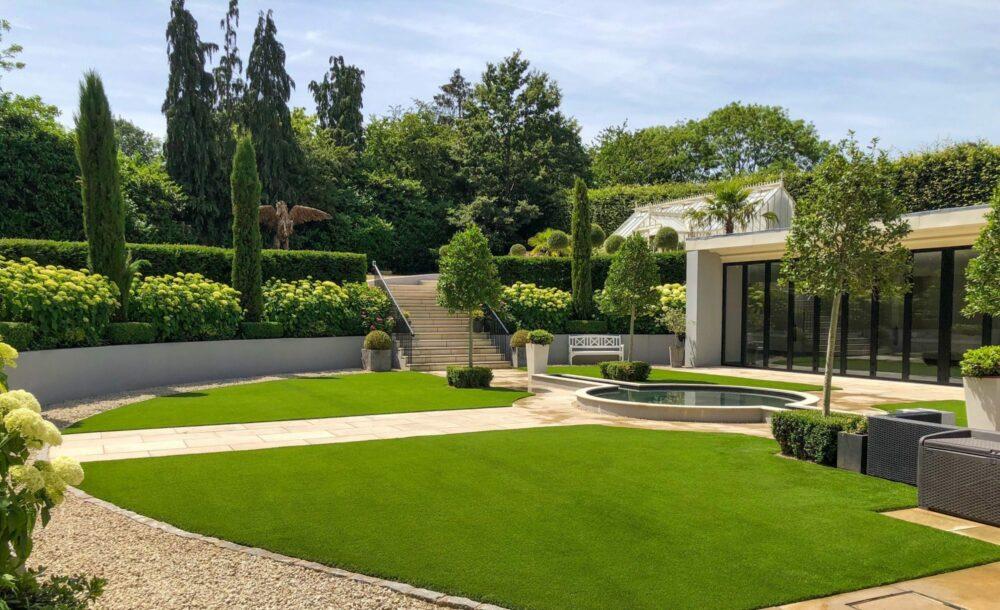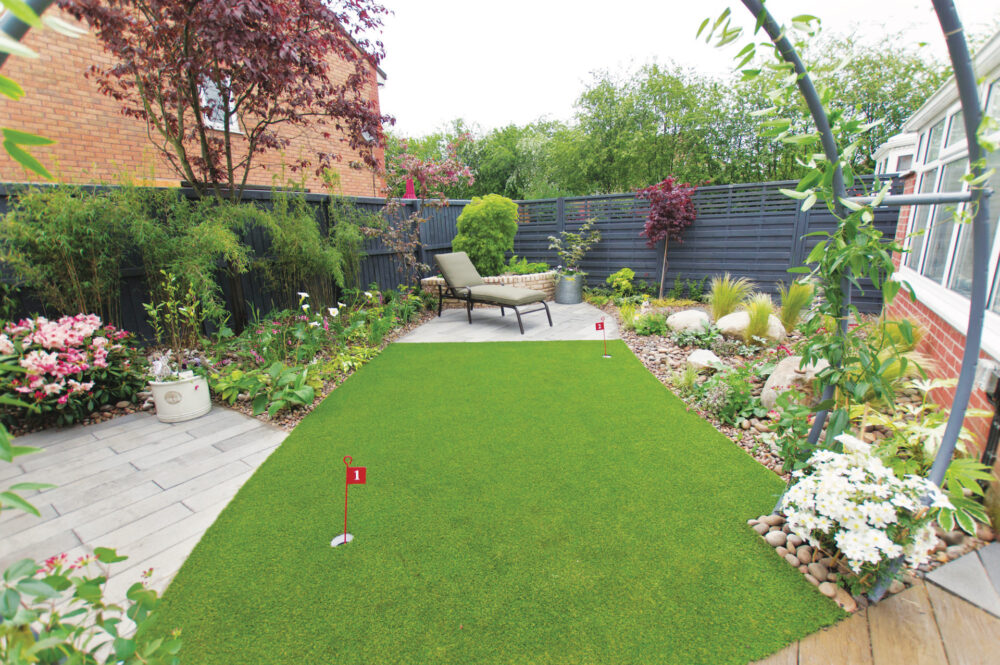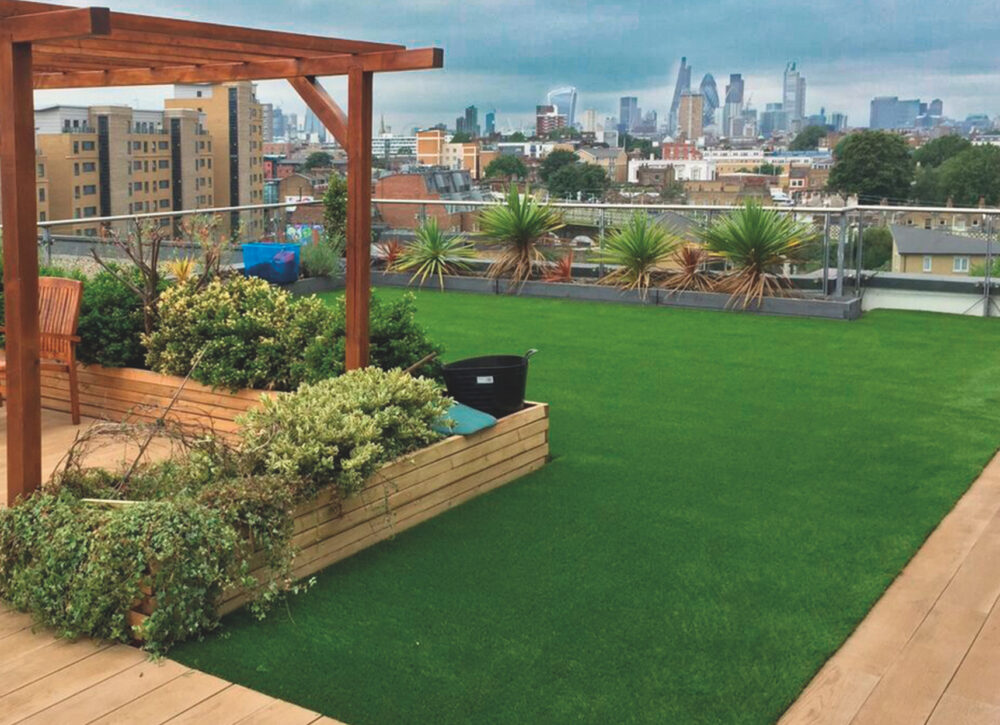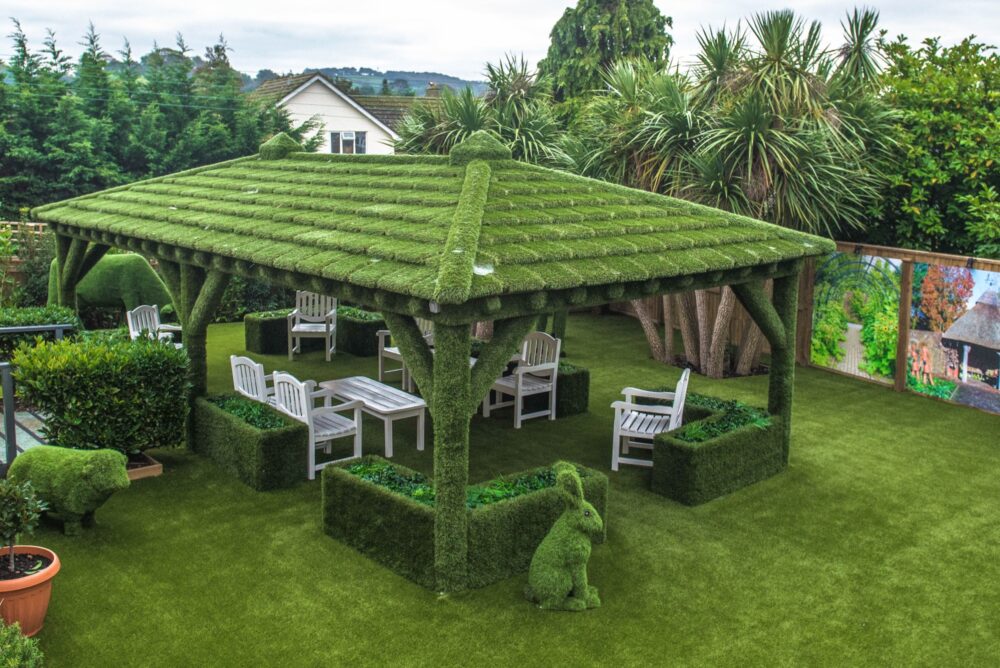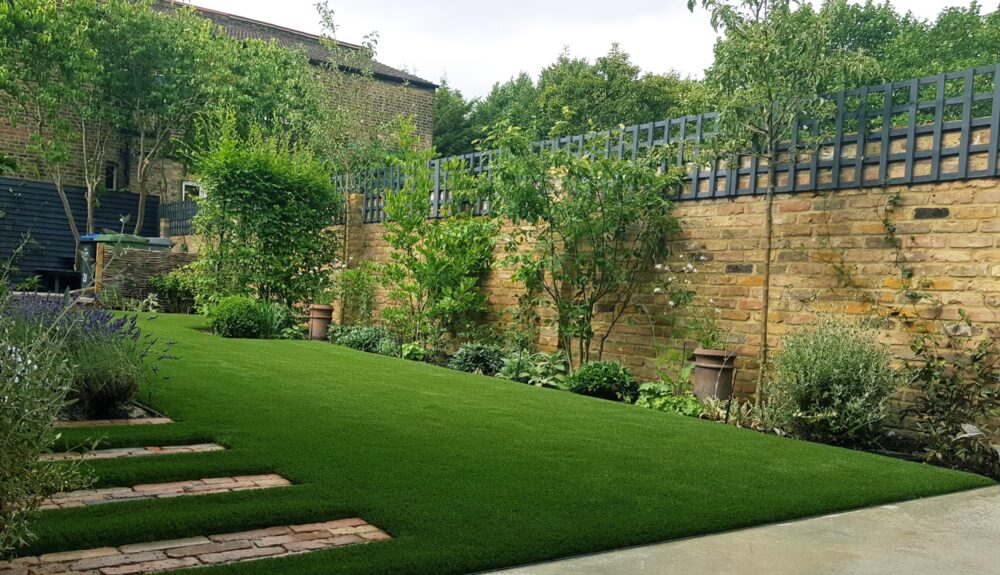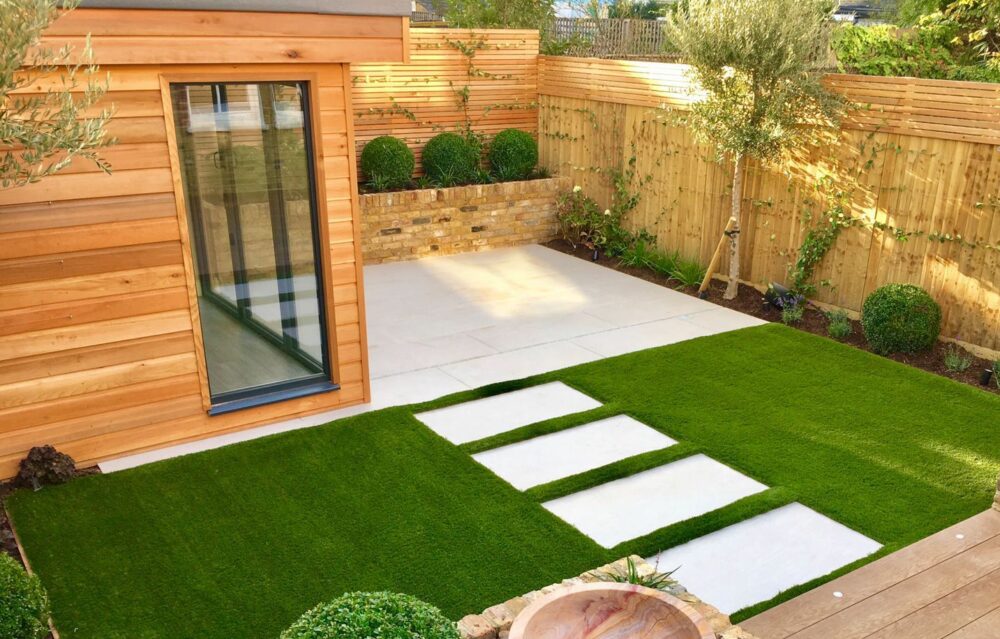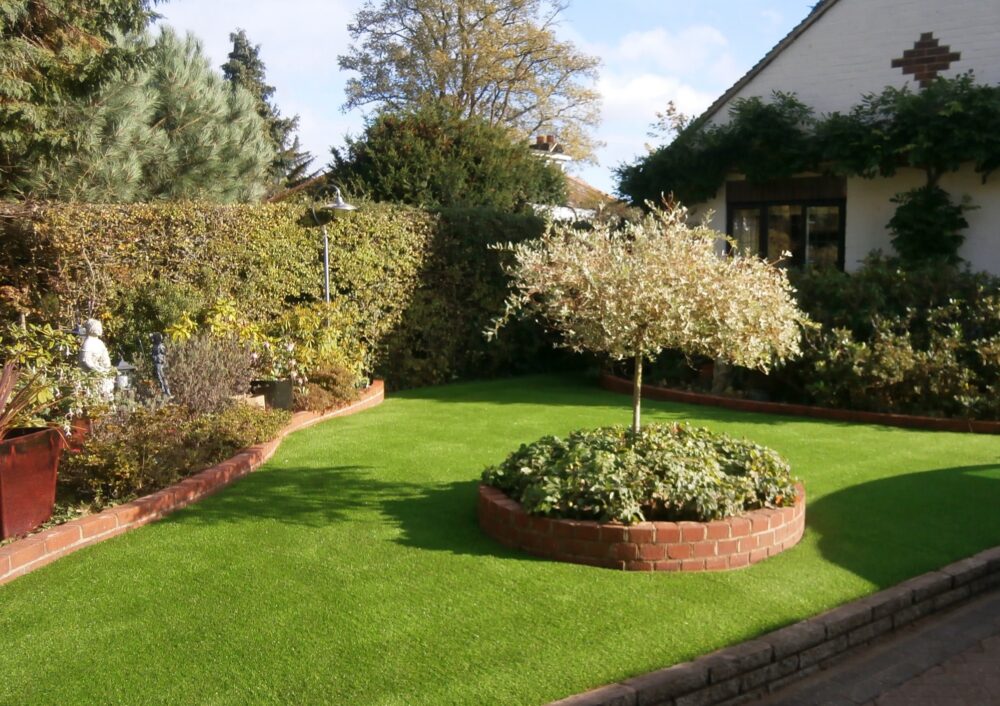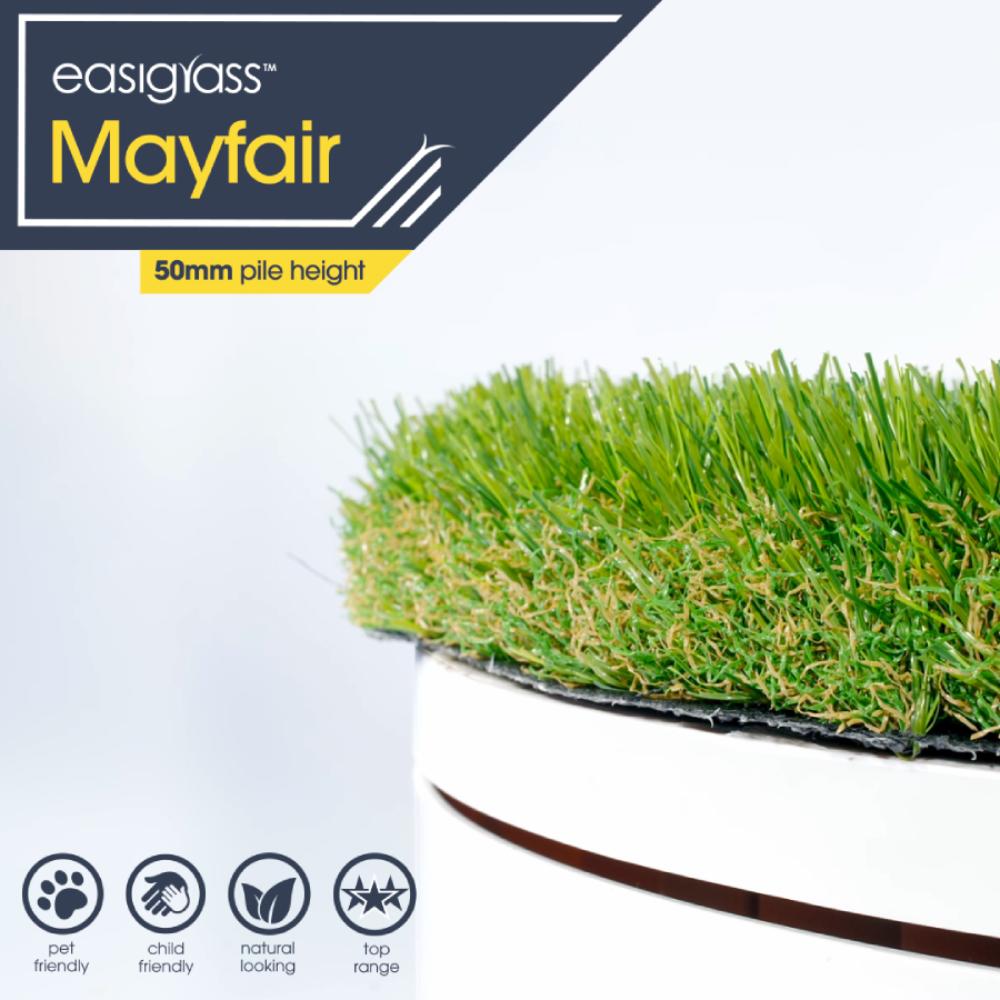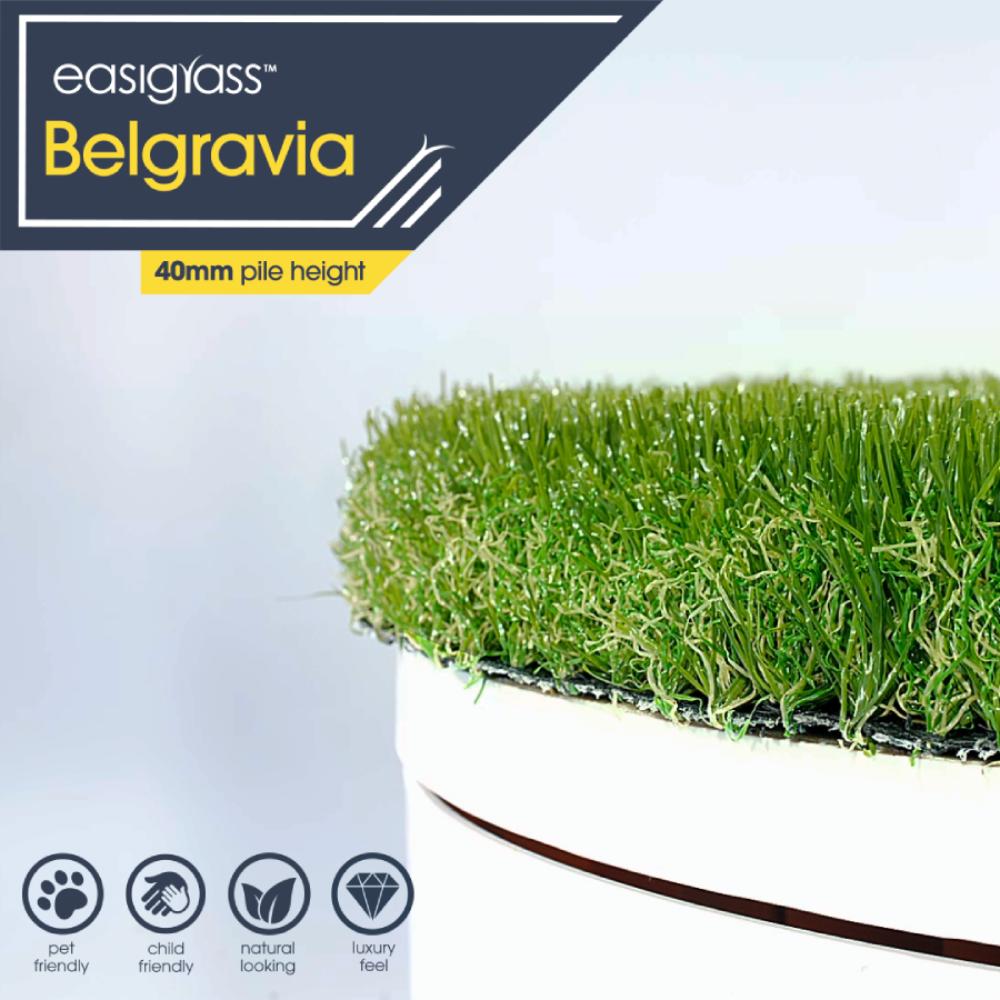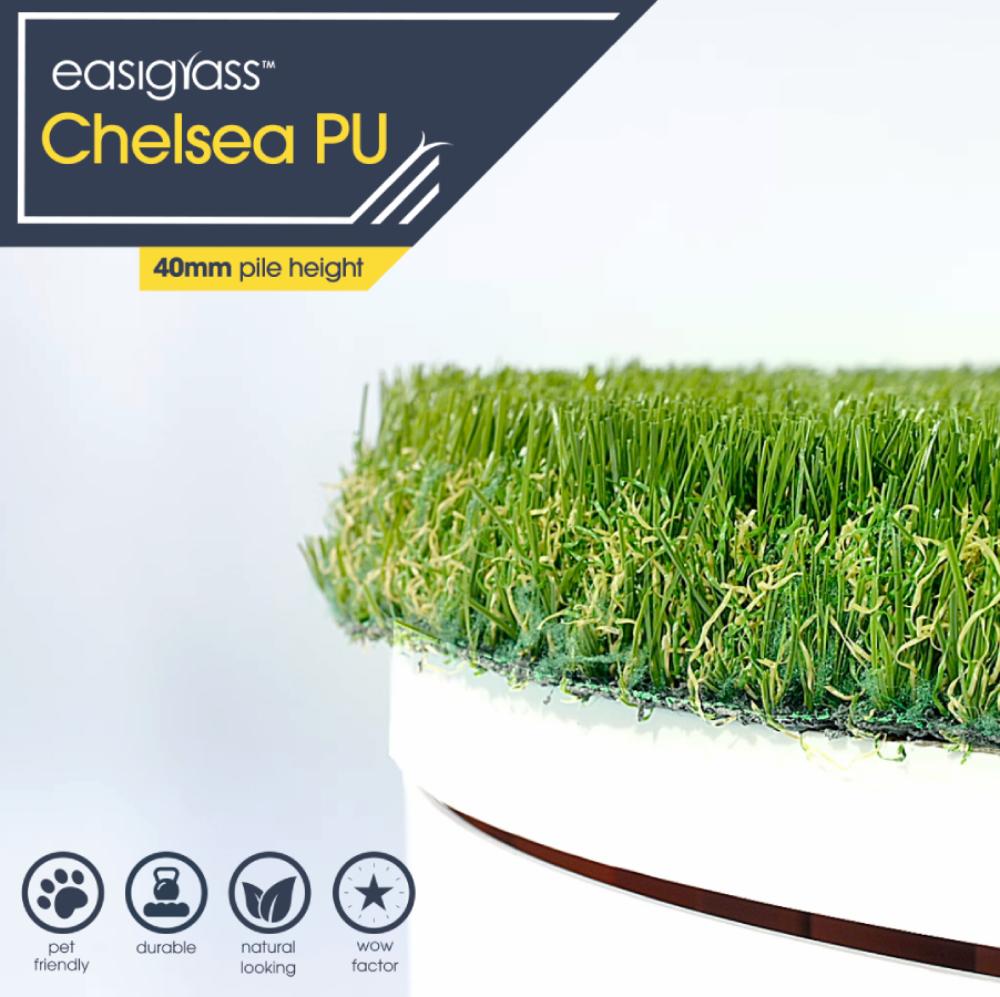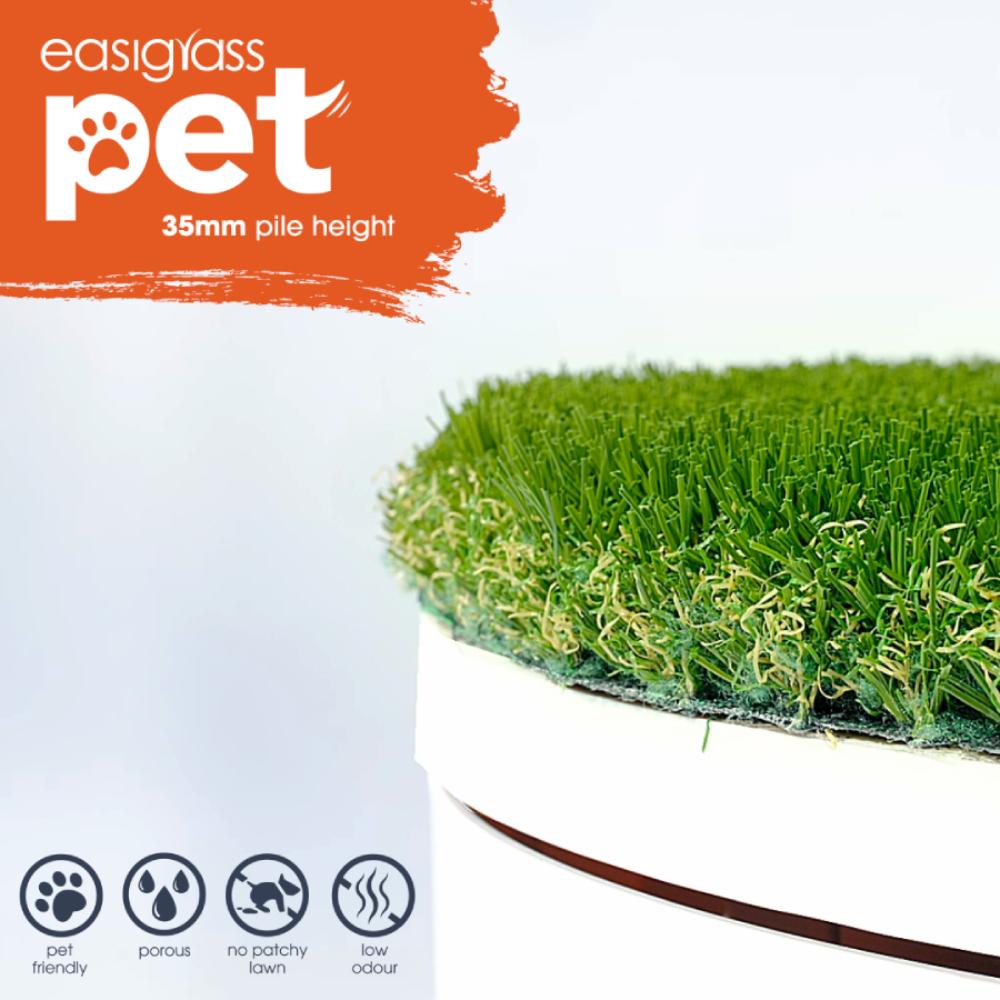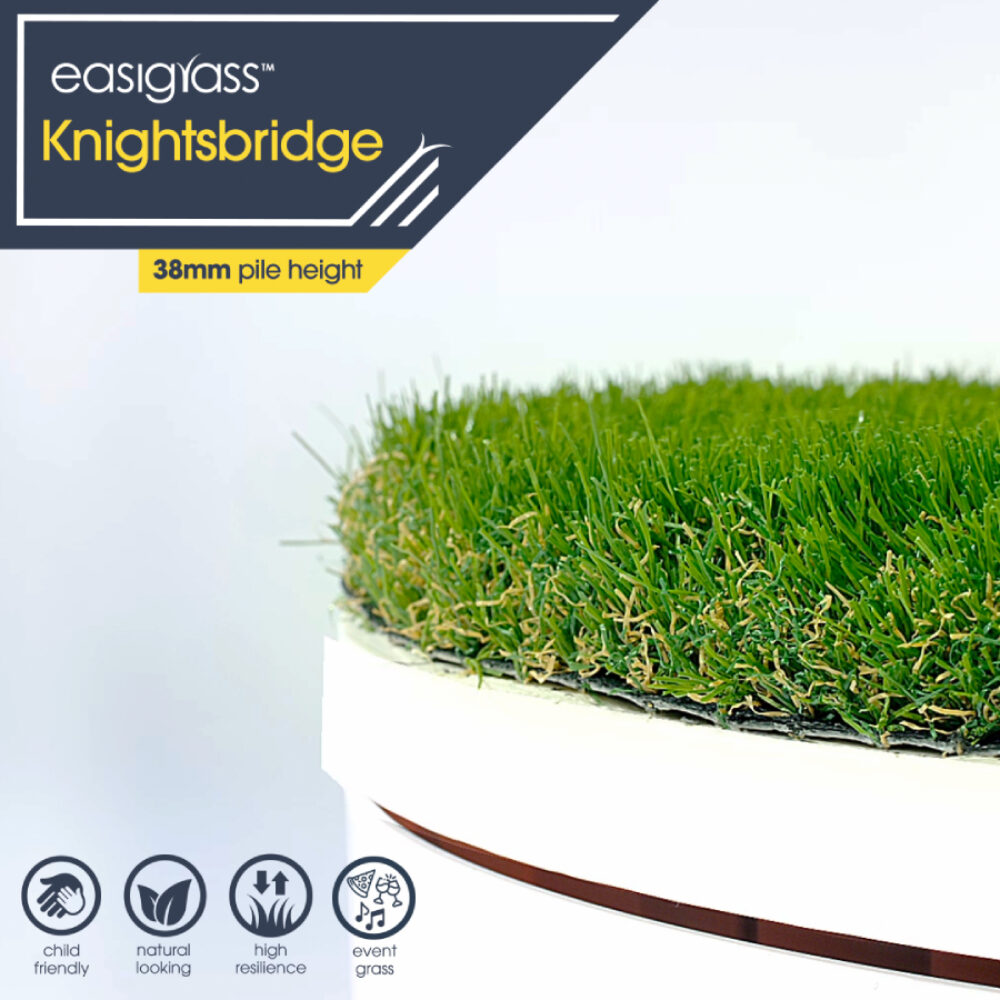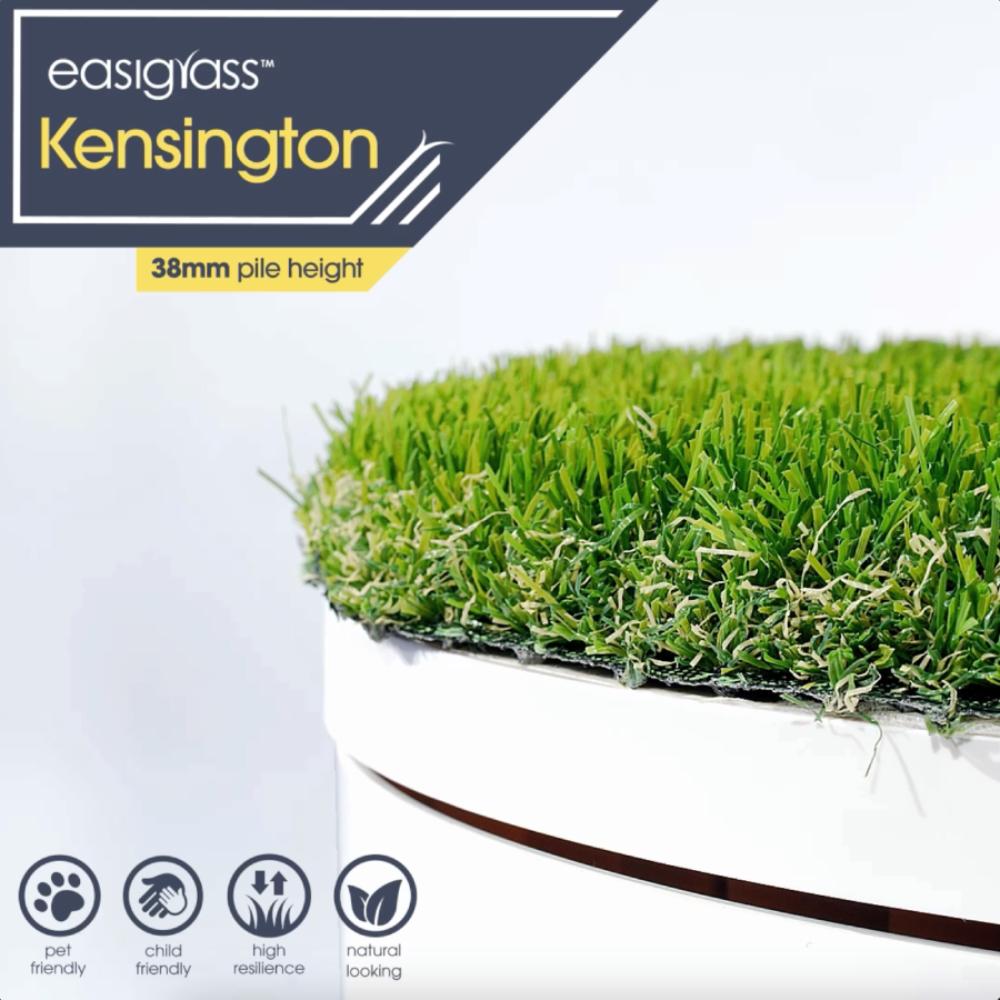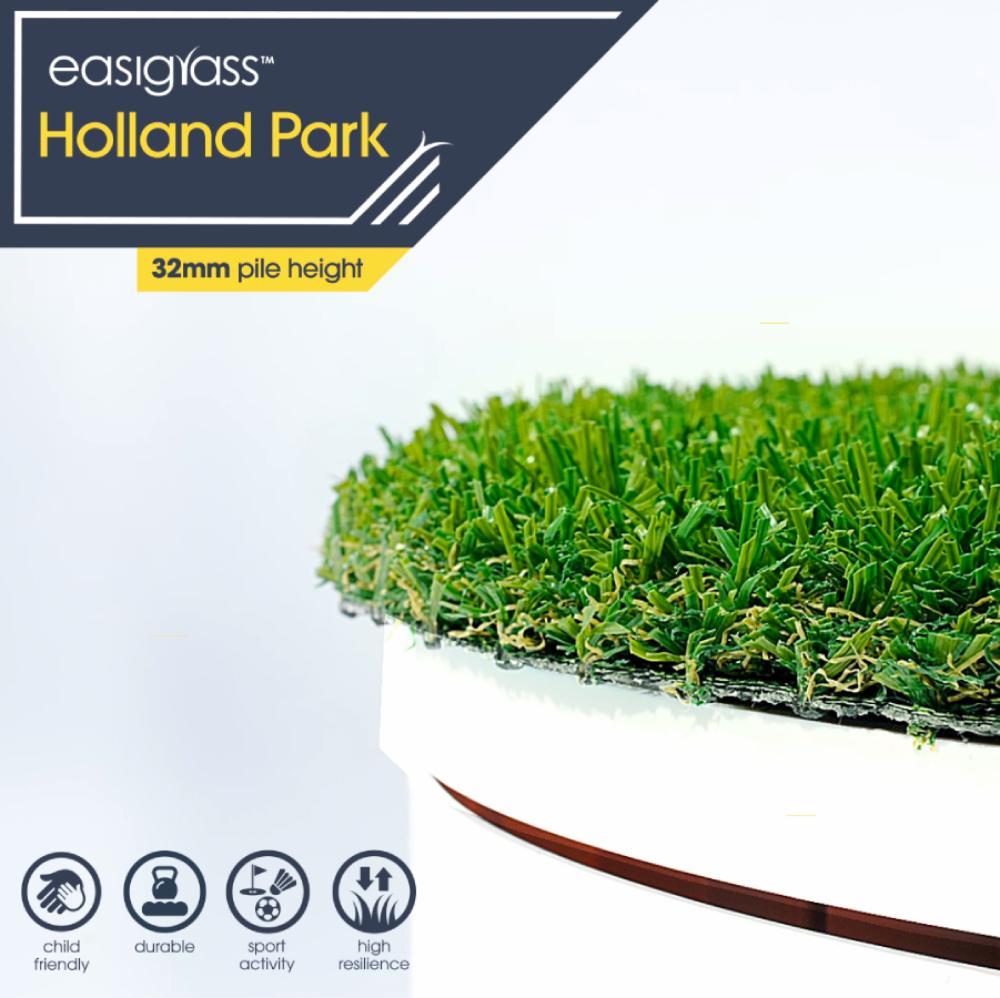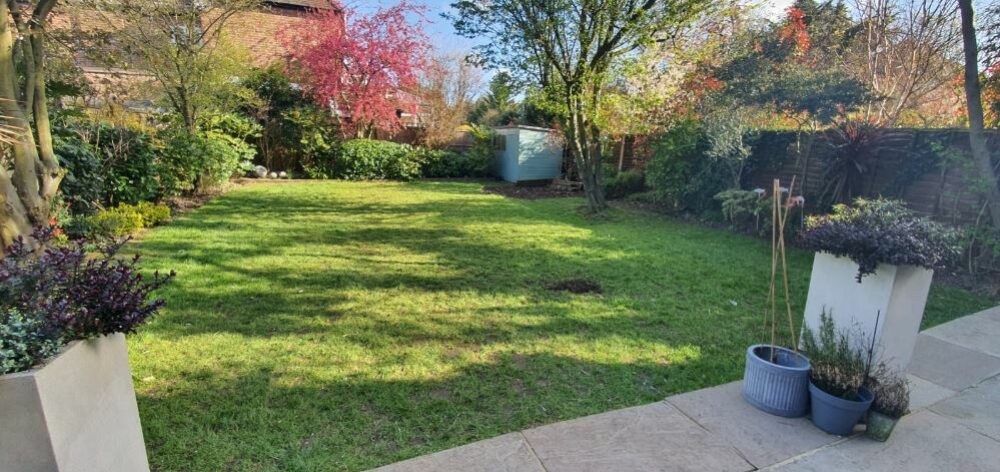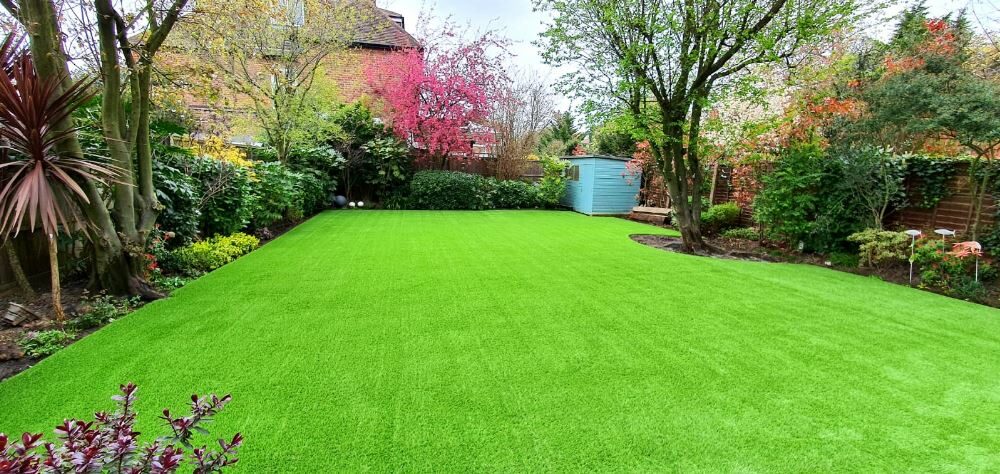No Mess, No Mowing
- Extensively tested child & pet-safe grass
- Finance with flexible payments *
- Supply & installation available UK wide
Fill in your details and get our best price now!
Artificial Grass in North Surrey
Leading the way in supply and installation of award-winning synthetic grass products as highly renowned company specialising in artificial grass in North Surrey, we offer the highest quality service and products to all our customers. Domestic natural-look luxury lawns, child play areas, commercial spaces – whatever your surface needs – we deliver an unrivalled selection of advanced low-maintenance, year-round solutions as the Easigrass artificial turf suppliers in North Surrey. Child and pet safe, durable, UV-stabilised and fully porous, Easigrass products and services are covered by up to ten years’ warranty.
Artificial Grass Installation in North Surrey
Our skilled teams of professionals ensure each Easigrass luxury fake lawn installation in North Surrey is completed to the highest of standards, whatever the size or shape. With experience spanning more than 30 years, Easigrass services and products assure first-class results for all our customers. Quality, exceptional value, service and year-round enjoyment – if you are looking for new luxury, low-maintenance surface, there’s only one choice. For the best artificial grass installation in North Surrey, it has to be Easigrass.
Visit the official Artificial Grass Surrey website today and book a free on-site survey with a no-obligation quote.
| Epsom | Ewell |
| Reigate and Banstead | Tandridge |
| Elmbridge | Guildford |
| Waverley | Mole Valley |
| Spelthorne | Runnymede |
| Surrey Heath | Woking |
Trusted artificial grass suppliers of world-leading brands.
Take a look at the work Easigrass has completed for high profile global brands to deliver unique artificial grass installations.








-
 Extensively tested child & pet-safe grass
Extensively tested child & pet-safe grass
-
 Financing available with flexible payments *
Financing available with flexible payments *
-
 UK wide supply & installation of natural-looking grass products
UK wide supply & installation of natural-looking grass products

